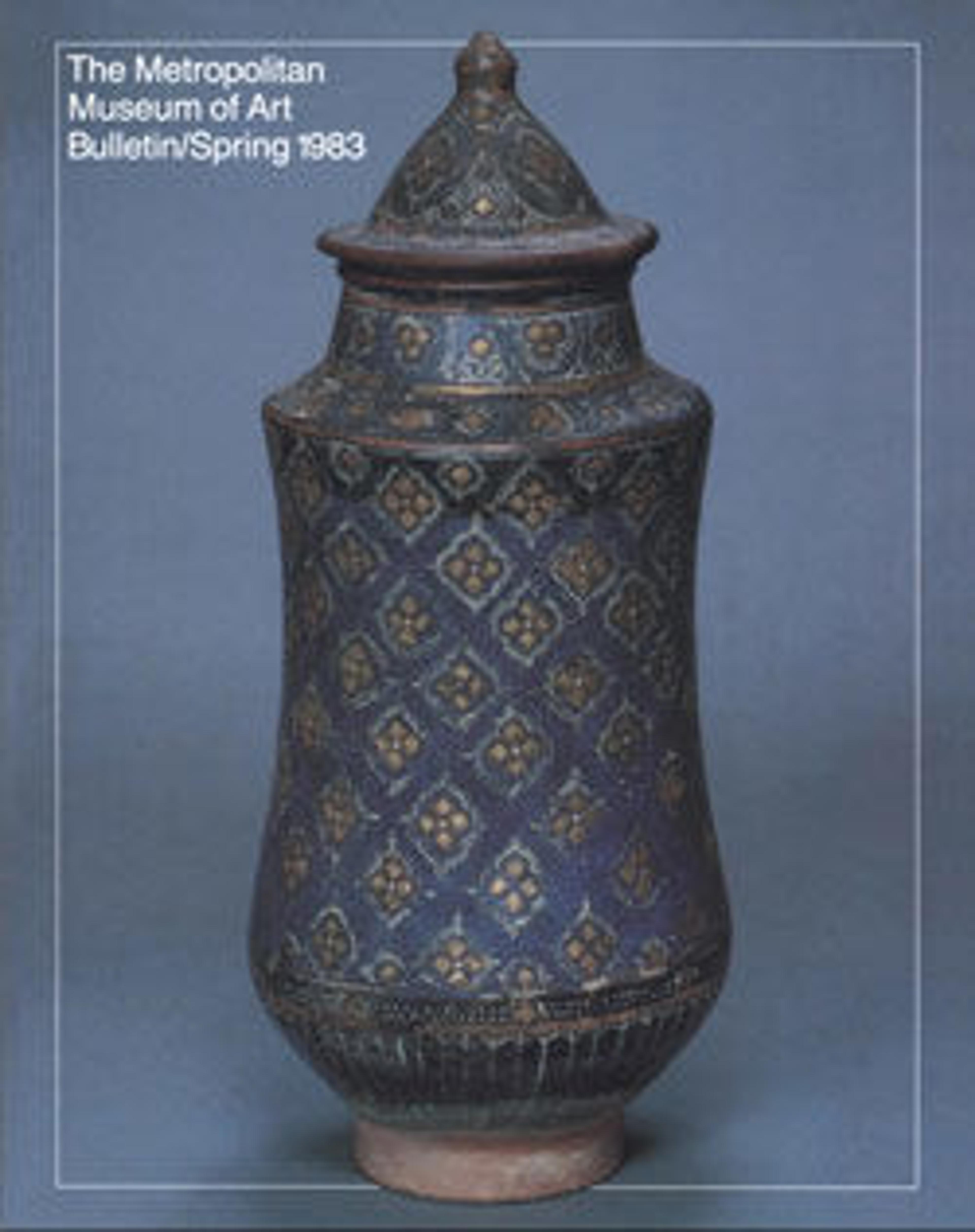Tile Decorated with Entrelacs Pattern Based on Octagons
This tile was probably part of a frieze that once decorated the mausoleum of Buyan Quli Khan in Bukhara; he died in 1358. Tiles with deeply carved geometric designs glazed in one or more colors are typical of buildings in Bukhara and Samarqand of the second half of the fourteenth century. A simplified pattern can be read by focusing on the large dark-colored octagon motifs: repeated twice, they each contain an eight-pointed star with a four-petaled rosette in the center. The interlaced design in turquoise, however, is at the heart of this spirited and succesful architectural decorative element, which is based on half-octagons with two open sides. The intricacy of the pattern seems intentionally to defy a proper geometric interpretation, allowing the eye to wonder and the observer to wonder if a metaphysical explanation should be sought instead.
Artwork Details
- Title:Tile Decorated with Entrelacs Pattern Based on Octagons
- Date:second half 14th century
- Geography:Made in present-day Uzbekistan, Bukhara or Samarqand
- Medium:Stonepaste; carved and glazed in turquoise and aubergine
- Classification:Ceramics-Tiles
- Credit Line:Purchase, Walter D. Binger Gift, 1972
- Object Number:1972.88
- Curatorial Department: Islamic Art
More Artwork
Research Resources
The Met provides unparalleled resources for research and welcomes an international community of students and scholars. The Met's Open Access API is where creators and researchers can connect to the The Met collection. Open Access data and public domain images are available for unrestricted commercial and noncommercial use without permission or fee.
To request images under copyright and other restrictions, please use this Image Request form.
Feedback
We continue to research and examine historical and cultural context for objects in The Met collection. If you have comments or questions about this object record, please contact us using the form below. The Museum looks forward to receiving your comments.
